Mathematical Topics: Tessellations, Transformations
Relevance: West Africa
Suggested Age: K-12th
Suggested Course: Geometry, Patterns
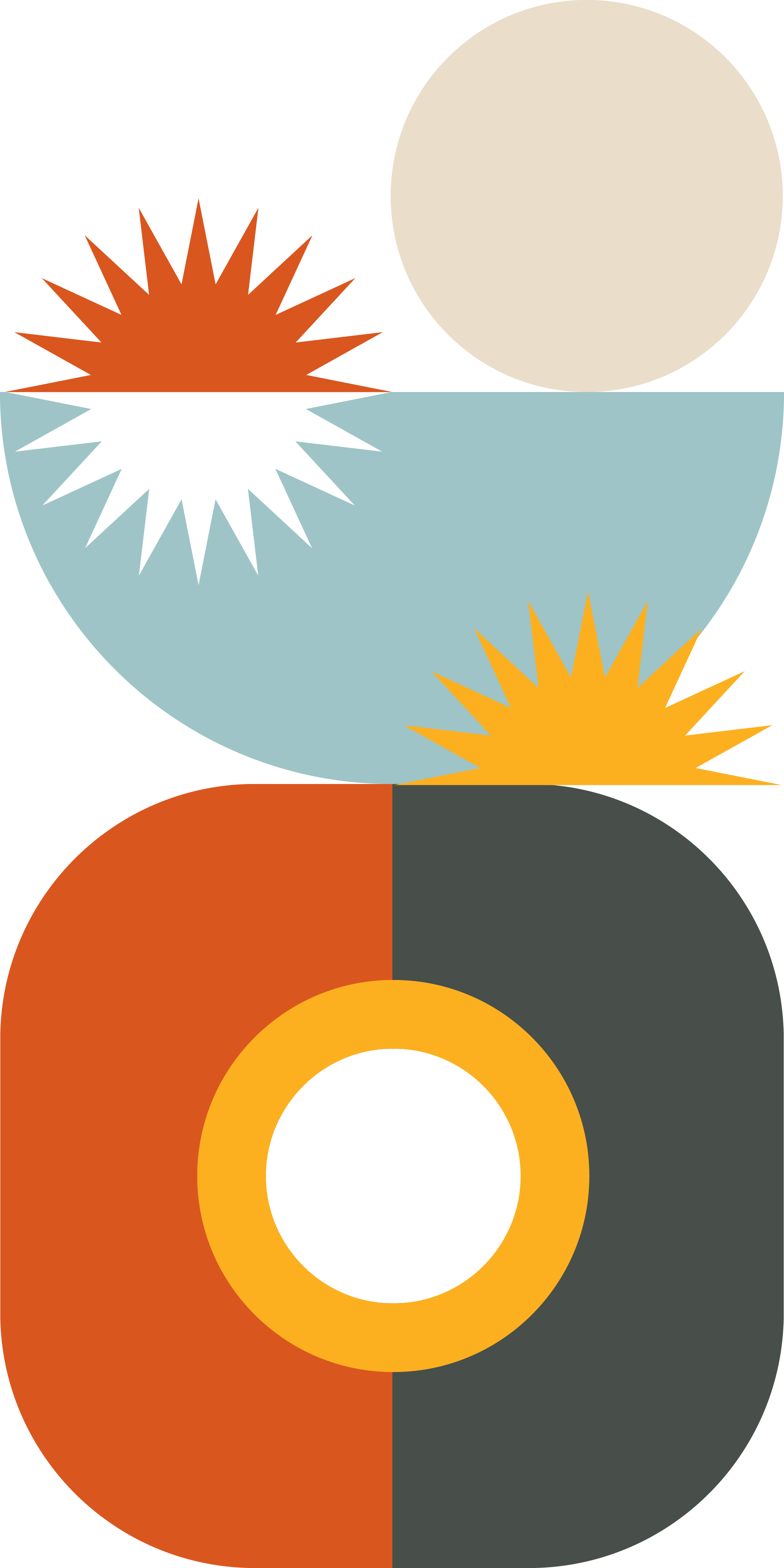
Lesson Summary:
This lesson intends to explore tessellations in West African hair braiding. Students will learn about the origins of mathematics in West Africa and how it relates to three different styles of hair braiding. Students will then explore what tessellations and transformations are and how they can be seen in hair braiding patterns. Students will be given the chance to create their own tessellation pattern. To explore the relevance of hair braiding students can watch a video or read an article about the impact of hair braiding in NYC and its different origins. Discussion questions guide students to discuss the relationship between beauty, mathematics and West African hair braiding. Lastly, there are a variety of extension activities available to choose from based on student interest that can be seen below.
This lesson was inspired by Nani Kone, a student in New York City. For her final project in Ethnomathematics, she wanted to focus on seeing the beauty of mathematics in her own cultural hair braiding patterns. She was eager to challenge the narrative around who is a doer of mathematics by seeing mathematics done by her local community in NYC. Nani is committed to celebrating, acknowledging and encouraging others to see how mathematics can be beautiful in our everyday lives.
Remember that the lesson guides are just suggestions. This lesson can be applied to students from K-12 depending on how you are able to differentiate up or down for the purpose of exploring tessellations. Feel free to create your own options, use some of our suggested ones or even use it all. Most importantly consider your student population, involve them in the research and expand the lessons to fit your needs.
Our Lesson Plan
Our lessons are made to be printed or downloaded. Please do so through the link below.
Our Presentation
Our presentations are made to be printed or downloaded. Please do so through the link below.
Hook: (5-7 minutes, slides 2-4)
There are two different hook options. The first option, on slide 3, has 6 different tessellation patterns. Students can engage in a notice and wonder providing access for all students to enter the conversation. IStudents will write their own things they notice and wonder about the patterns. It is important to reinforce that there is no wrong answer – any idea they have is valuable. Ideally students are given a few minutes of independent thought time to gather their thoughts. In small groups 1 student shares 1 idea, then they go in a circle each sharing 1 idea. Students then keep sharing ideas until everything they notice and wonder has been expressed. It is important to share with students that they should share ideas even if they are repeated so they see what information consistently stands out. In the second option on slide 4, students can engage in what’s the same and what’s different. It is important to follow a similar structure in sharing ideas as mentioned above with notice and wonder to ensure all students have a voice in the conversation. The images used for this option are the ones students will see in the mathematics of hair braiding. This hook option will set students up to more quickly engage in the upcoming mathematical exploration.
Mathematical Exploration: (30-40 minutes; slides 5-12)
On slide 6 students will begin to learn about the origins of mathematics in West Africa. This excerpt focuses specifically on Mali and the mathematicians who advanced knowledge within the academic field who are not necessarily given credit or acknowledgement due to colonization and Eurocentrism. Slide 7 and 8 begin to expose students to three classic types of hair braiding patterns which show different tessellation patterns: box, triangle and non-standard. It is important here to ask students if they have seen these hair braiding patterns in their own lives. Ideally you can define tessellations thinking back to students’ responses and the knowledge they shared during the hook. Slides 9-11 provide academic language for students to start connecting tessellations and transformations. Depending on what grade level you are teaching you can ask questions related to the mathematical pattern topics you are teaching. Slide 12 allows students to create their own tessellation patterns. We have found a template which is blank for students to create any pattern they want in addition to a differentiated example which starts students off with a pattern.
Relevance Explored: (15-20 minutes; slides 13-15)
Students will get the chance to explore how hair braiding culture is not just exclude to West African culture but can be seen in many different communities. Our resources here focus on NYC since we are based out of NYC , but research different ways hair braiding is seen in your students communities. Students will celebrate hair braiding by watching a video Broadway Buzz: Jaa’s African Hair Braiding Celebrates Black Hair & Harlem Culture or by reading The Hidden World of Harlem’s African Hair Braiders. Both videos acknowledge and celebrate the contributions and importance of hair braiding within Harlem to highlight hair braiding’s cultural significance and value. As students explore it is essential to ask students how they see her braiding in their own communities. Slide 15 allows students to make the historical connection between modern day Hair Braiding and its origins in West Africa.
Student Discussion: (10-15 minutes; slides 16-18)
There are two discussion slides catered to different grade levels: slide 17 secondary and slide 18 primary. Students should be given the time to discuss and debrief their learnings. The discussion questions encourage students to consider the implications and importance of the connections between beauty, art, mathematics and Black culture.
Extension Activities: (slides 19-22)
If you would like to spend more time on than the lesson provided there are extension ideas ready to explore. Based the student population and task chosen additional research and development of content might be necessary:
- Extension 1: (slide 20) Students can consider how they can see tessellation patterns in nature. On the slides Mathnasium is linked which has really details resources with attached photos.
- Extension 2: (slide 21) Students can create their own tessellation patterns using blocks. There are a variety of different blocks that can be ordered however suggested patterns can be seen on Ashely Short’s E-Portfolio
- Extension 3: (slide 22) Students can learn about how tessellation patterns can be used in quilting. The On Point Quilter has some detailed videos and patterns that describe the relationship between tessellations and quilt patterns.
More Lessons
Below you’ll find our resources which are filterable by their age group and mathematical topic.
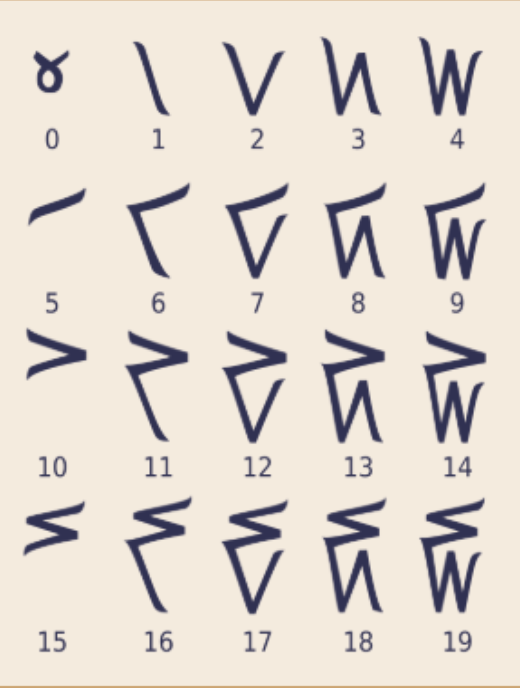
Kaktovik Numerals & Base 20

Tessellations in West African Hair Braiding

Density in Dominican Cakes compared to American Cakes
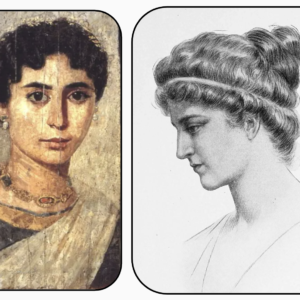
Hypatia of Alexandria & Conic Sections
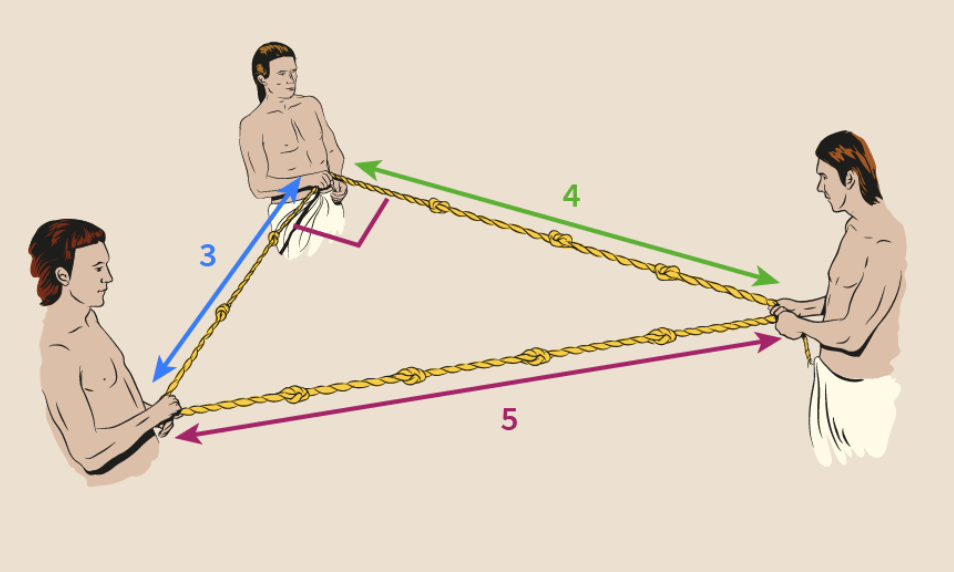
Ancient Egyptian Base 10 Number System & Doubling Method
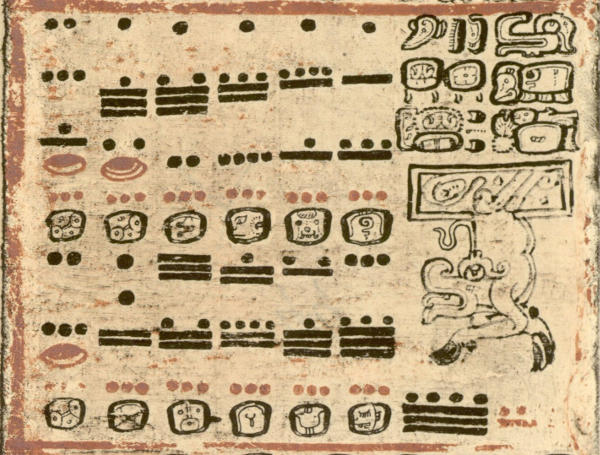
Maya Calendar & Base 20 Number System
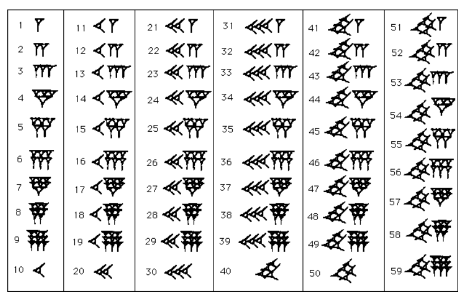
Ancient Babylon Base 60 Number System
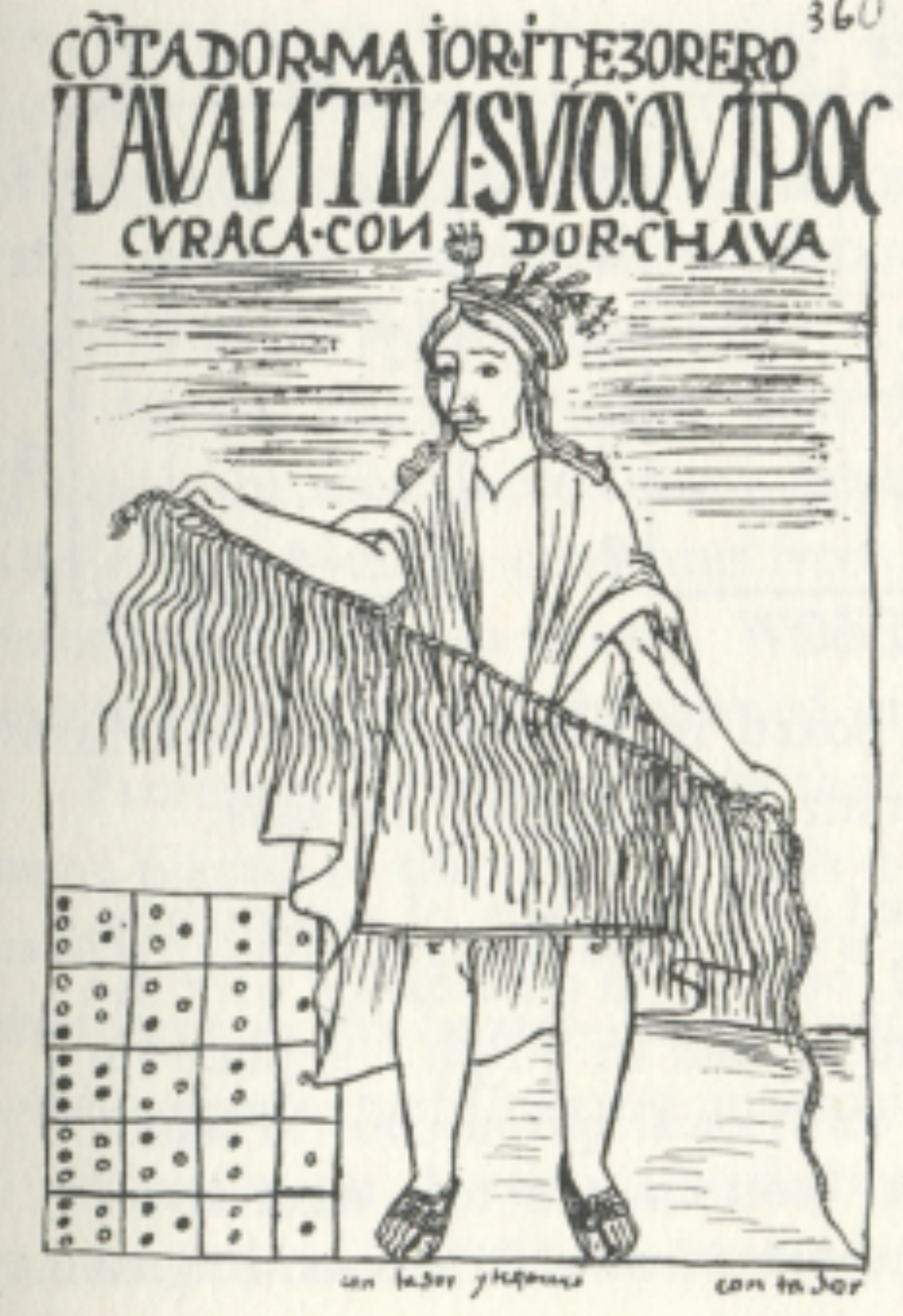
The Origins of Fibonacci’s Sequence
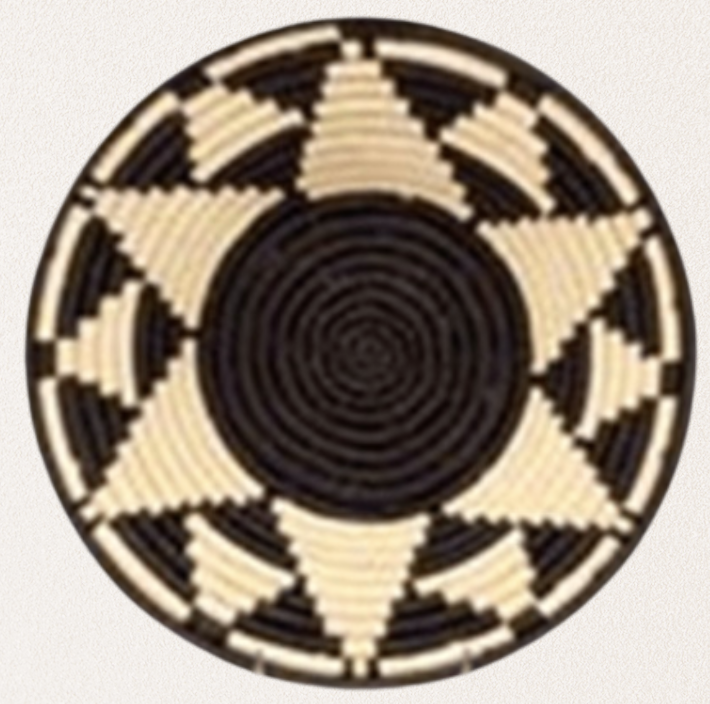
African Baskets & Regular Polygon Rotations
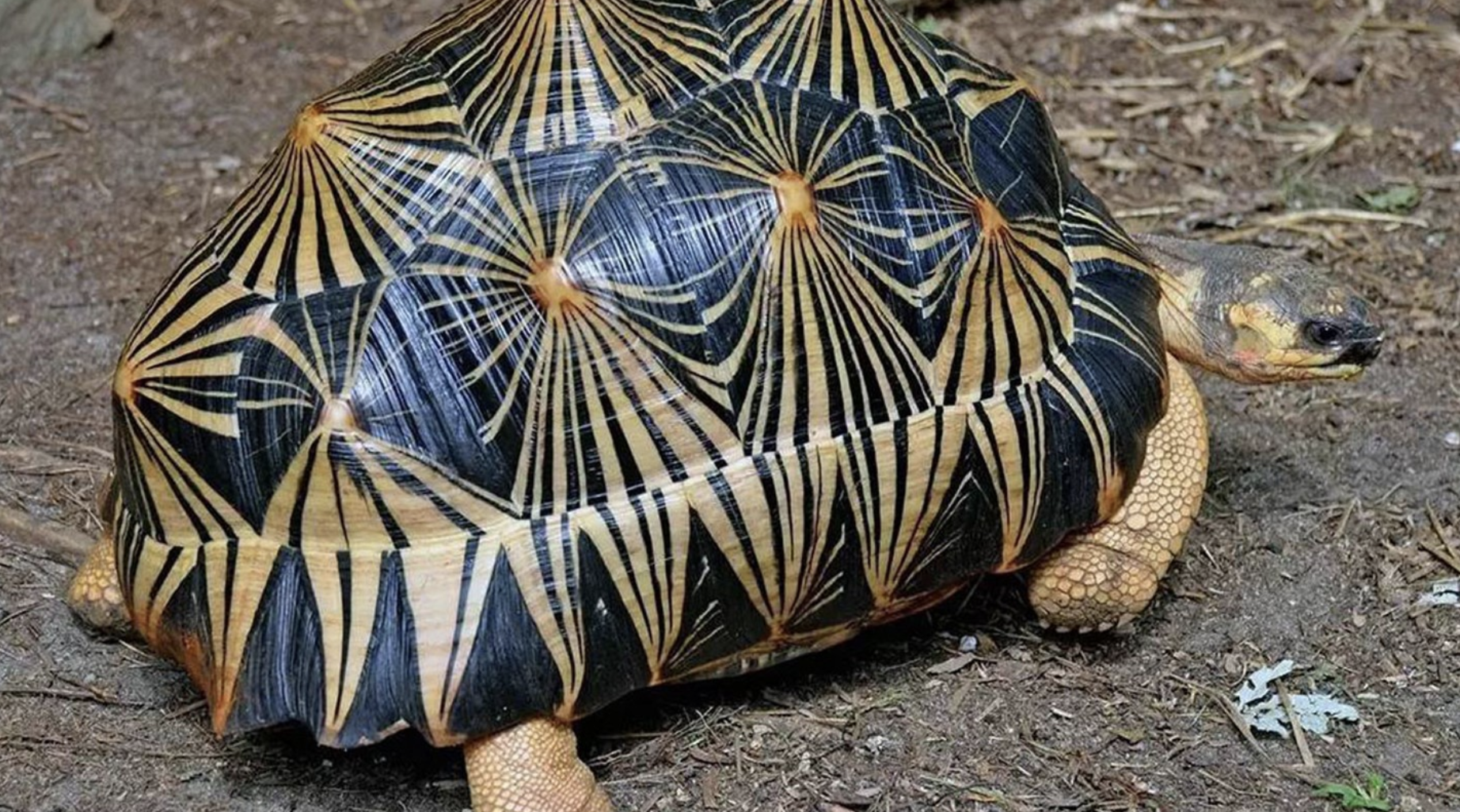
Ancient Mathematical Puzzles: Magic Squares and Hexagonal Tortoises
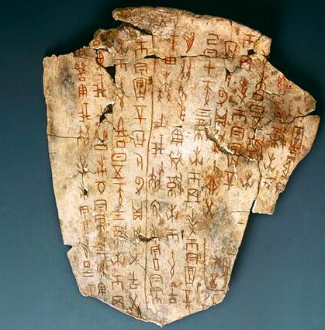
Oracle Bones & Counting Rods

